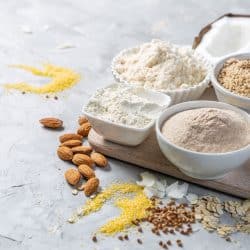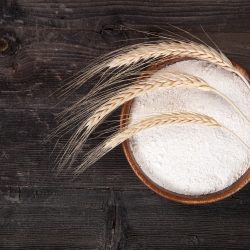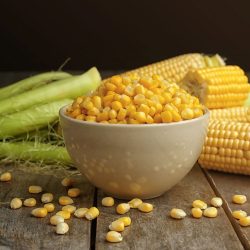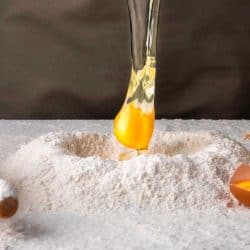Pasta is a dish that can be served in countless ways, and each can have a different flavor, appearance, and texture. But just how many different kinds of pasta are there out there? Pasta is made of five basic ingredients: water, oil, eggs, salt, and arguably the most important ingredient - flour. By changing this one ingredient, you can create a different kind of pasta altogether.
Whether you are choosing a different flour for health, texture, or flavor reasons, we have all of the information you'll need to make the best choice for your pasta. Keep reading to find out some different flour options and why you may want to try them out in your next batch of homemade pasta.
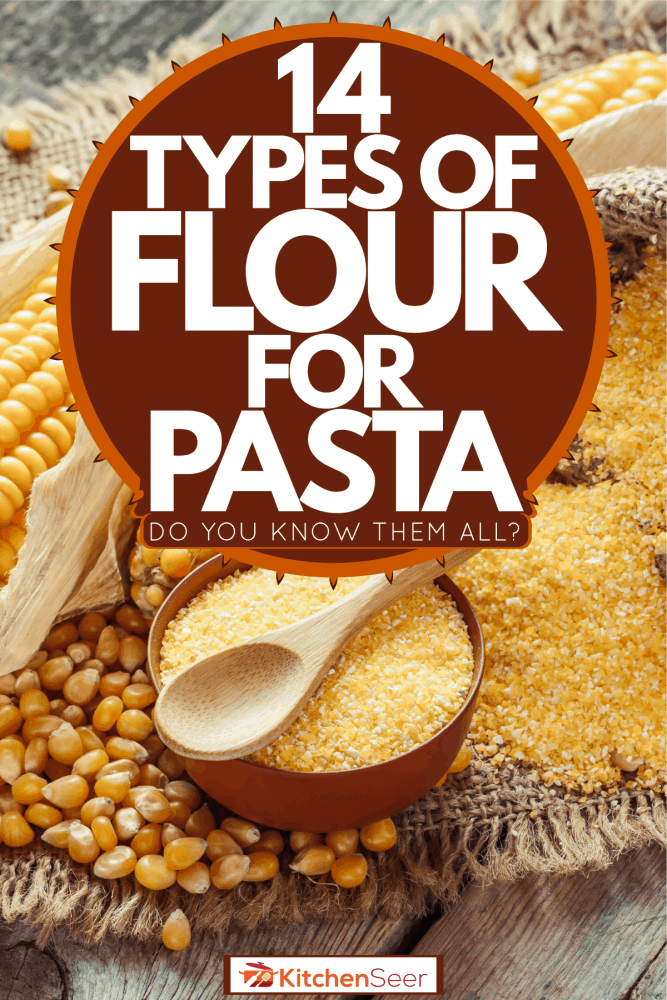
1. All-Purpose White flour
All-purpose flour is the most common flour to be found in American households. Just like the name suggests, it is good to use for all purposes. It has a neutral flavor and a very fine texture which makes for a softer pasta. The benefit of making pasta with AP flour is that it will be strong and elastic and is good for making different pasta shapes. Just make sure you do not overcook this pasta because all-purpose flour can become mushy when overcooked. It is also important to note that pasta made with this flour is not great for drying; it is best when cooked fresh.
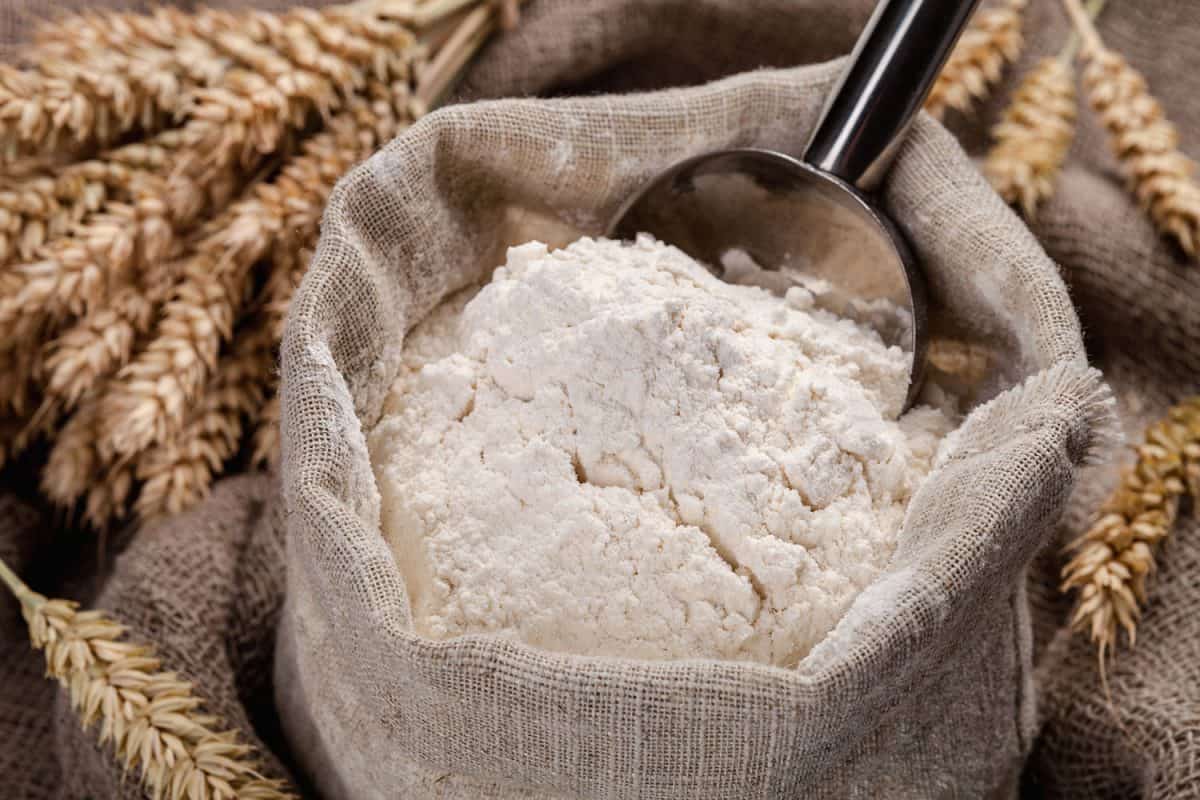
2. "00" Flour
00 flour is a very finely ground, soft wheat flour. This is often the most suggested kind of flour to use for pasta. This is mainly due to the fine grain and subtle flavor. This flour creates a softer, tender pasta.
Although it is widely renowned for its use in baking, it is not that easy to find all around the world. It is found primarily in Italian kitchens. Luckily, other flours are easier to access that have similar benefits to 00 flour. The main benefit of 00 flour over AP white flour is that 00 flour will still hold its structure if overcooked slightly.
To take a look at some 00 flour on Amazon, click here.
3. Semolina flour
Semolina flour is what is referred to as pasta flour or pasta wheat. It is the most recommended flour for pasta across the board. This flour is good for thicker, grainier kinds of pasta due to its coarser texture. The texture it creates is perfect for pasta that you want to hold onto a lot of sauce. Semolina flour has a very high gluten content which gives its firm texture. So if you have a gluten allergy, steer clear of this one.
Click here to see semolina flour on Amazon.
4. Whole wheat flour
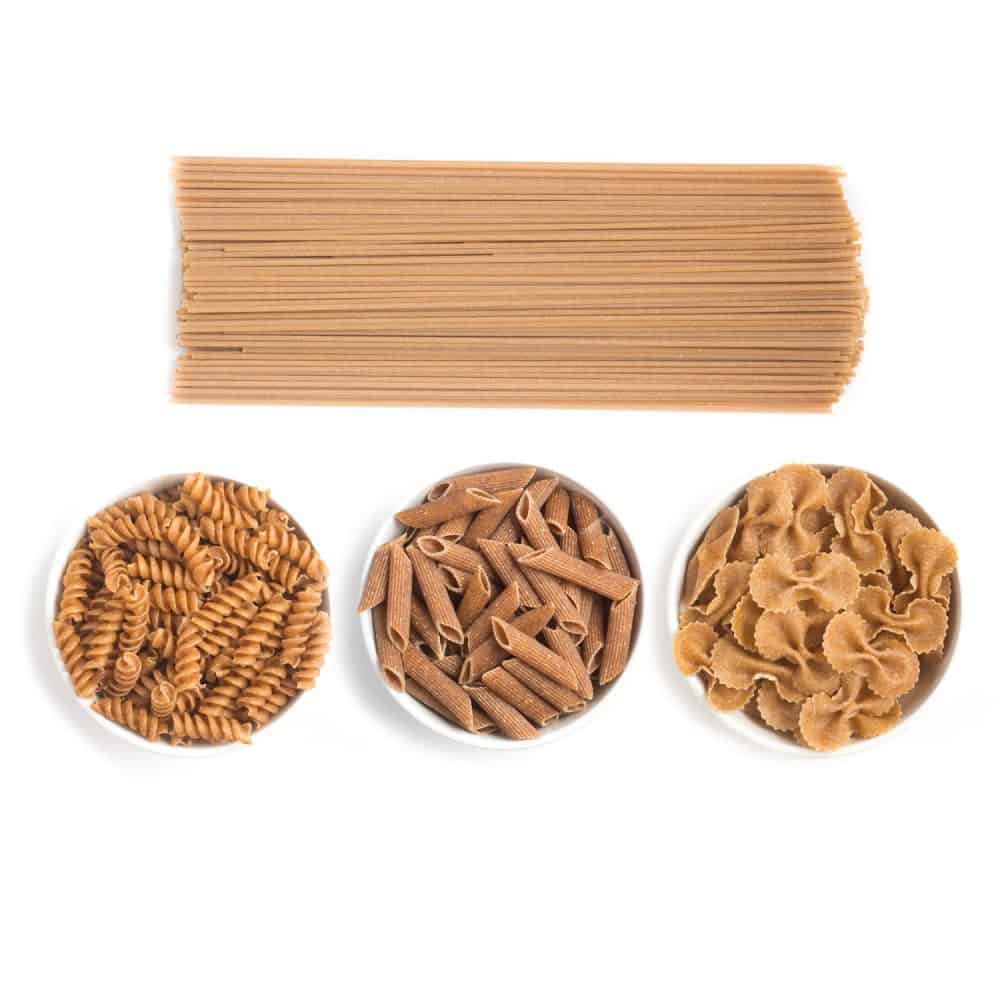
Wheat flour is a pasta ingredient that will add texture and nutrition. It is one of the healthier options, being less refined and containing fewer carbs than other pasta flours. Wheat flour contains whole grains and fiber and typically has fewer calories than other refined kinds of pasta. Whole wheat flour will give your pasta a slightly nutty flavor and a coarser, grainier texture. It is said that the texture of whole wheat pasta takes some getting used to, but the health benefits are enough to try it at least once.
5. Bread Flour
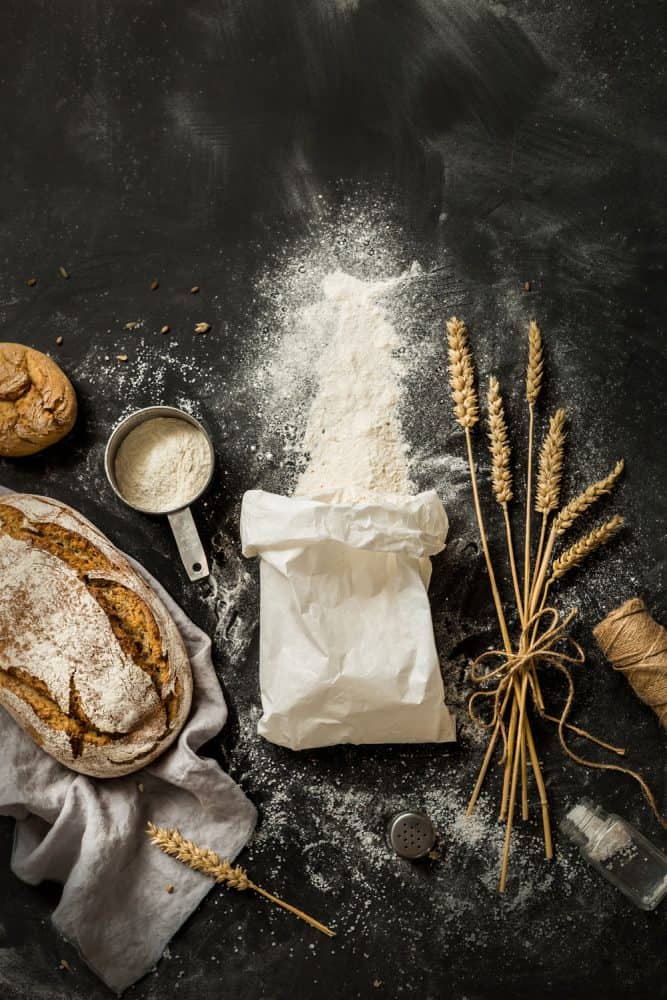
It may be surprising to see bread flour on a list of flours for pasta but believe it or not, it works! Not only does it work, but it also works well. Bread flour is considered a strong flour meaning the gluten content is enough to hold the pasta together. Thanks to that gluten content, eggs are optional in this pasta dough.
One downside to using bread flour is that the gluten can give your pasta a pasty texture. It is important not to overcook strong flour pasta to avoid that. This flour works best for thick pasta such as lasagne.
6. Rye Flour
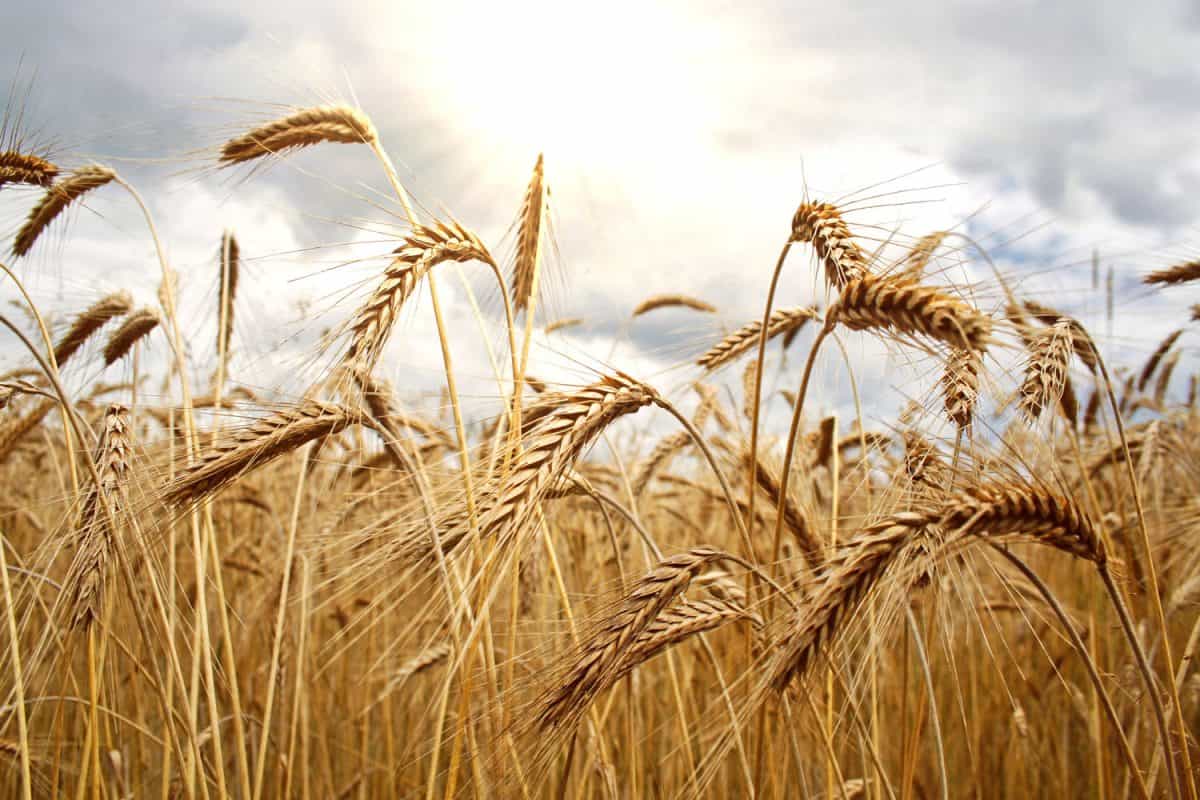
Rye flour is a flour that is used in pasta primarily for its flavor. If you enjoy the taste of rye, you may like to try it in your pasta recipe. When pasta recipes use rye flour, it is usually a portion of the flour mix along with other flours on the list. Try substituting a portion of your pasta flour for rye flour for a robust taste as well as texture. When added to soft flours, like 00 flour, it gives the resulting pasta more of a bite.
7. Gluten-free AP Flour
Gluten-free pasta is a dish that can be enjoyed by all but is very crucial to anyone who has an allergy to gluten. The process would be similar to all other kinds of pasta; however, gluten-free flours are less dense than other flours. It is important that you use a recipe converted to be gluten-free, so you do not end up with a mushy mess.
One downside to gluten-free pasta is that it contains a little more starch than regular pasta. It is imperative to remember that pasta made with gluten-free flour will grow a lot during cooking, so make sure not to overcrowd the pot.
8. Almond Flour
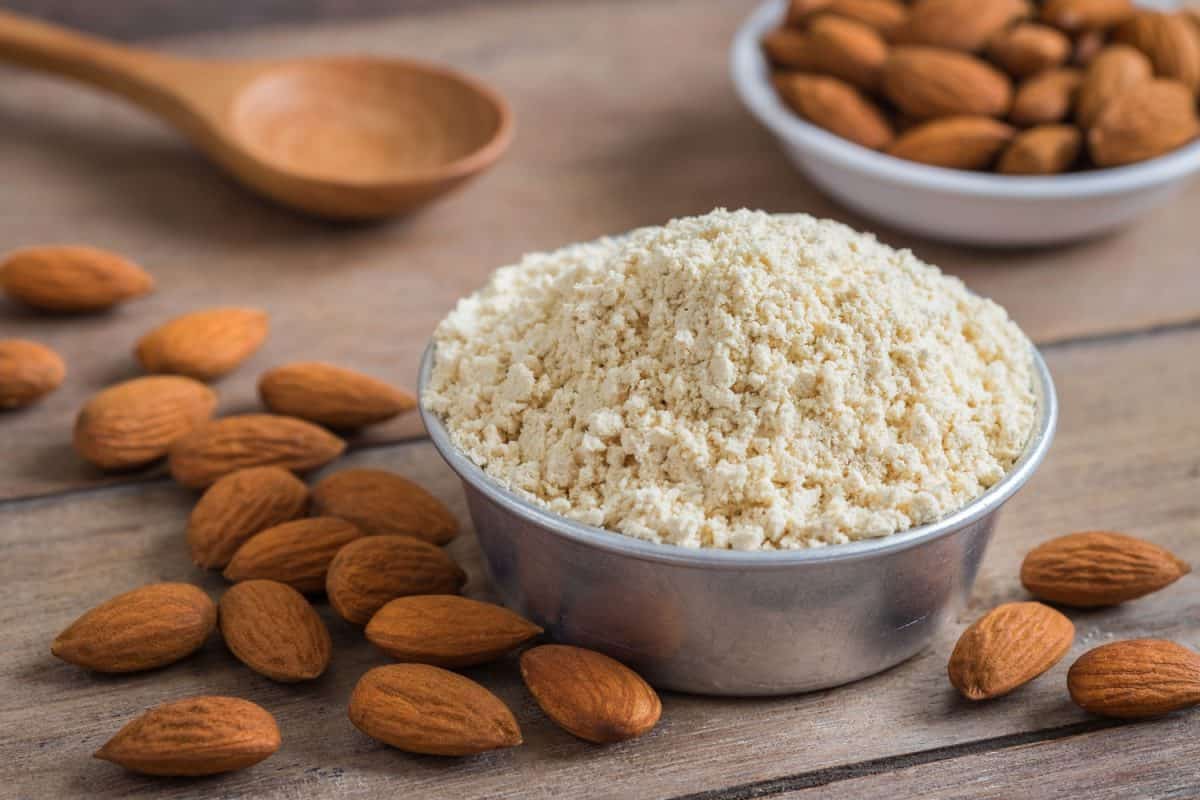
Almond flour is another form of gluten-free flour. You may choose to use almond flour for its gluten-free properties and its nutritional properties. Almond flour is packed with nutrients and protein. The only downside to using almond flour is that it cannot be used to create pasta alone. Due to almond flour's brittle texture, it will need to be combined with other gluten-free flours to form a dough. A good addition is tapioca starch, which will add elasticity to the pasta and hold the dough together.
9. Corn Flour
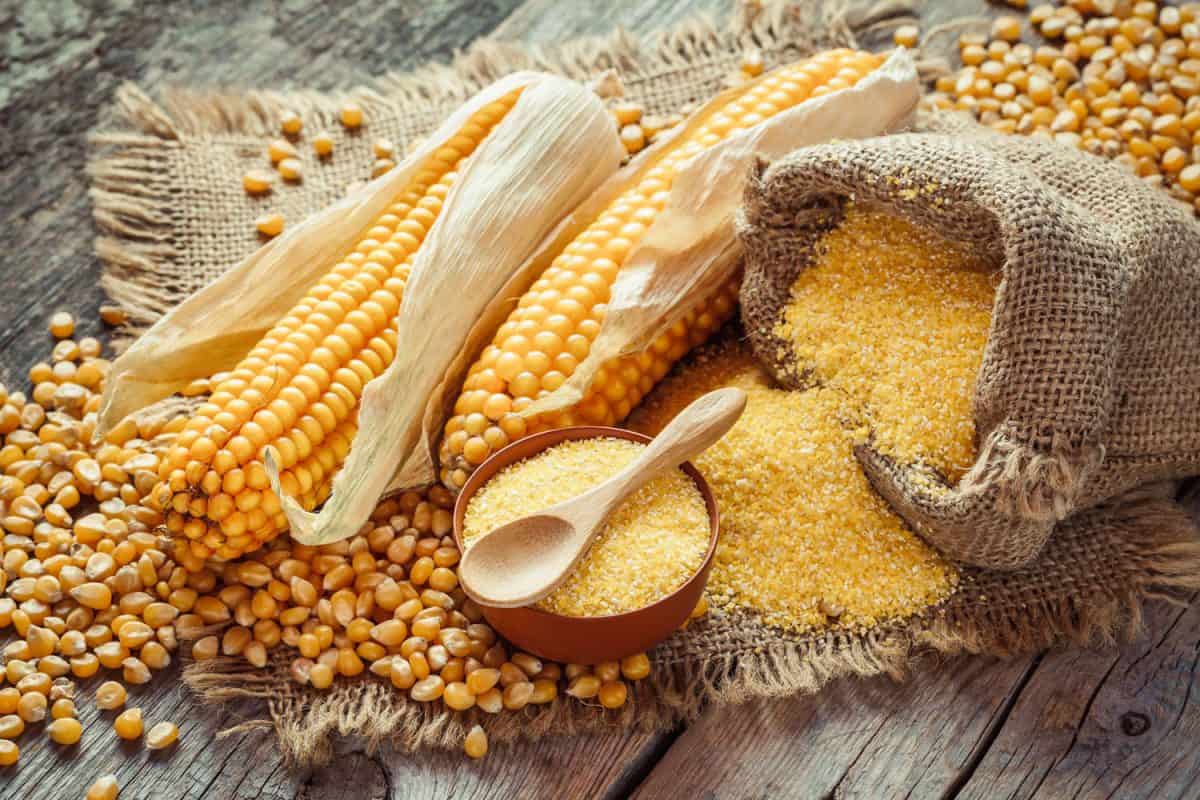
Corn flour is gluten and wheat-free, making it a good option for anyone with those dietary restrictions. Pasta made with corn flour will have a distinct taste of corn, so that is something to keep in mind when considering this ingredient. Other than the taste, it creates a slightly grainier texture than wheat pasta. Corn flour can also be mixed with other gluten-free flours to make pasta.
10. Buckwheat Flour
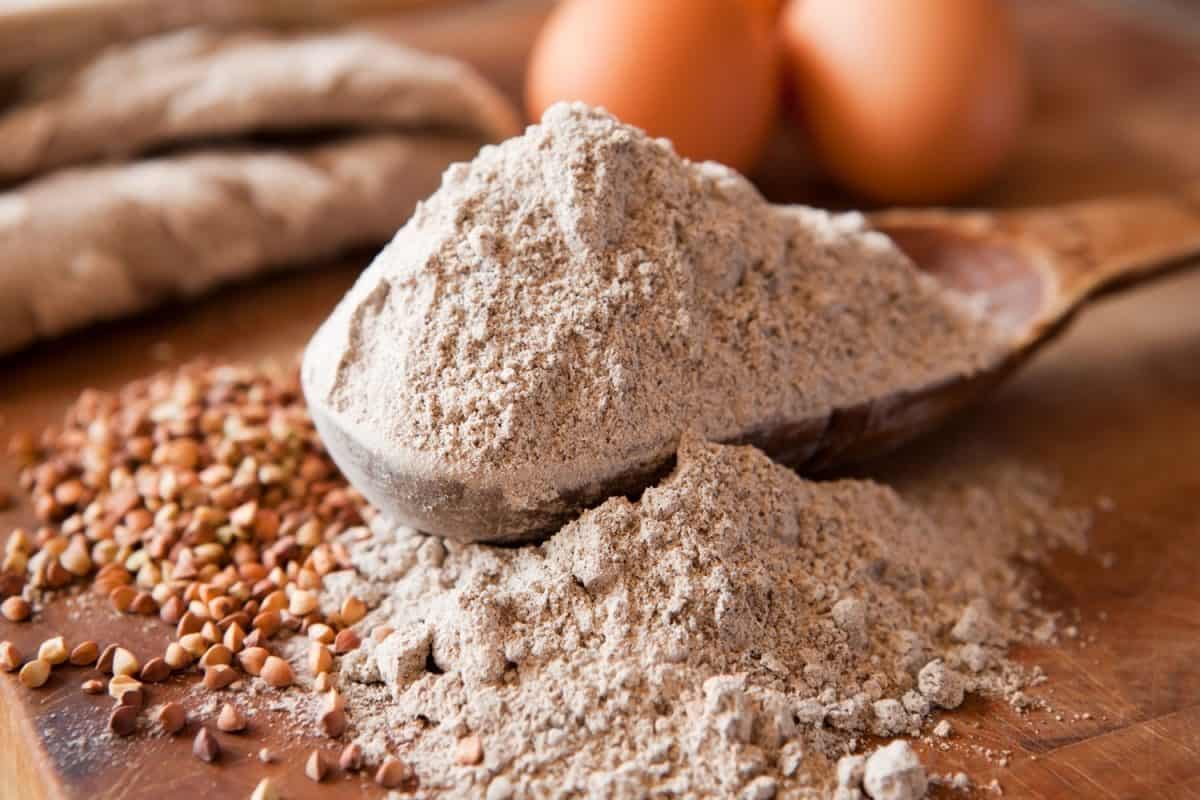
Buckwheat flour is similar to whole grain flour, but the main difference is that it is not actually wheat and is therefore gluten-free. Buckwheat is a very popular recipe ingredient recently due to its nutritional value; it is high in minerals and antioxidants. Buckwheat also has the benefit of being a lower calorie option over other flour choices. This flour will result in a chewy, grainy noodle.
11. Oat Flour
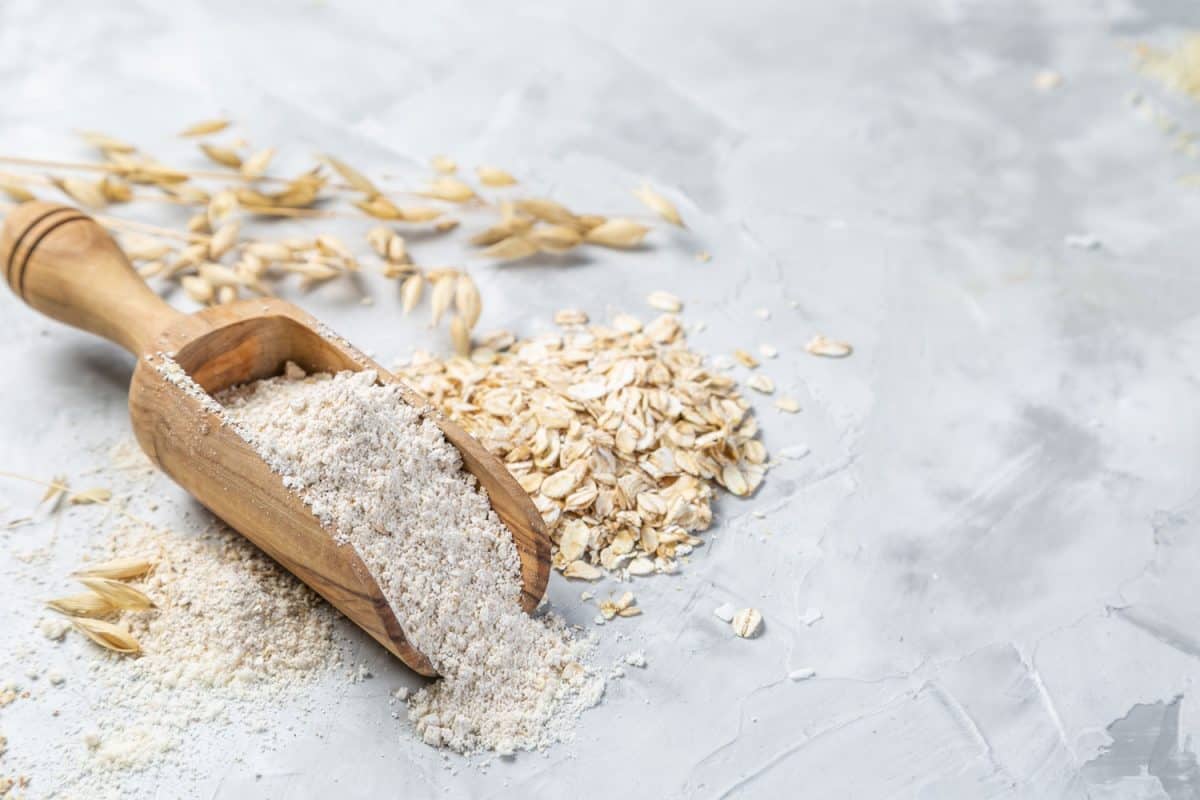
Oat flour is a fairly recent addition to the gluten-free pasta world. Aside from being gluten-free, it maintains the nutritional value of oats. Oats have vitamins and minerals as well as being high in fiber. Oat flour is great to add more fiber to your diet, as well as cut back on costs. Oat flour can even be made at home with oats you already have. The only downside to this flour option is that it's pretty new and experimental right now, so there are not many variations of recipes yet.
12. Soy Flour
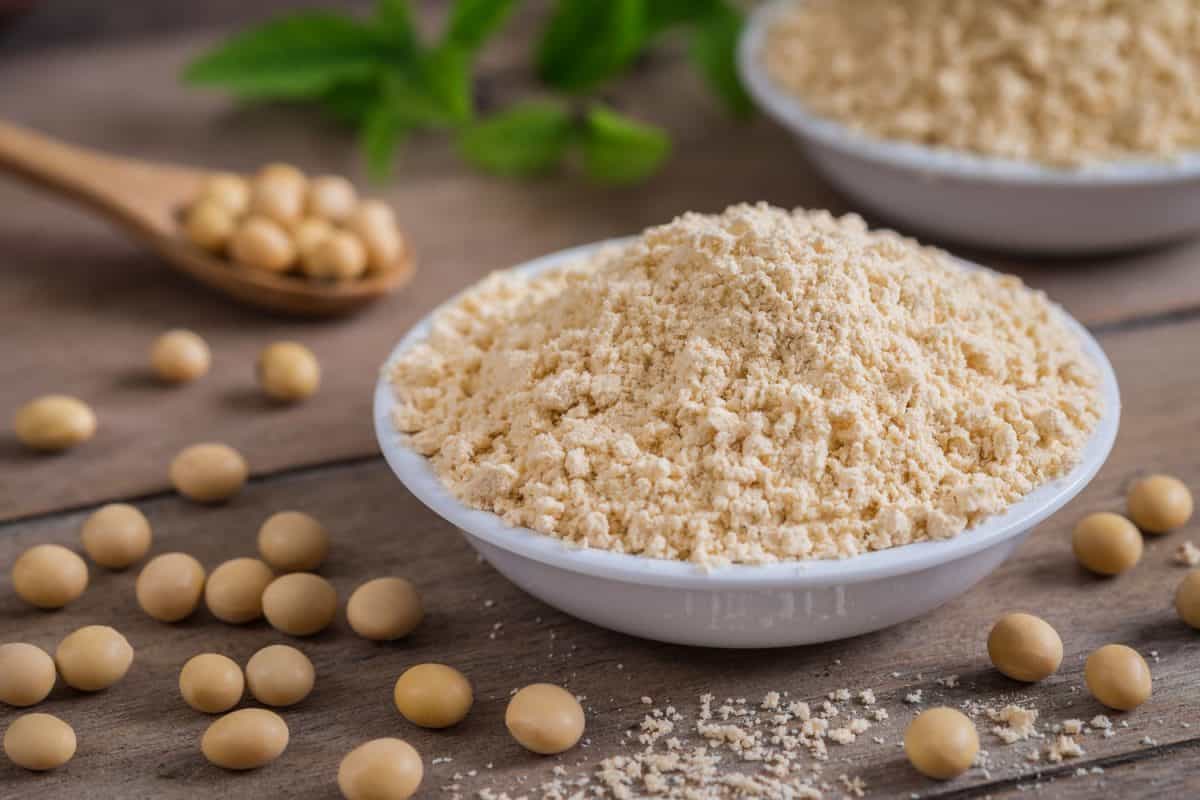
Soy flour is a good choice for anyone looking for low-carb pasta. One downside to this flour is that it does not have enough gluten to keep the dough together. If you are looking to use soy flour in your next pasta recipe, be sure to include some gluten to give the pasta structure. Soy flour does not have an intense flavor, so it should not drastically change the flavor of the pasta.
13. Chickpea Flour
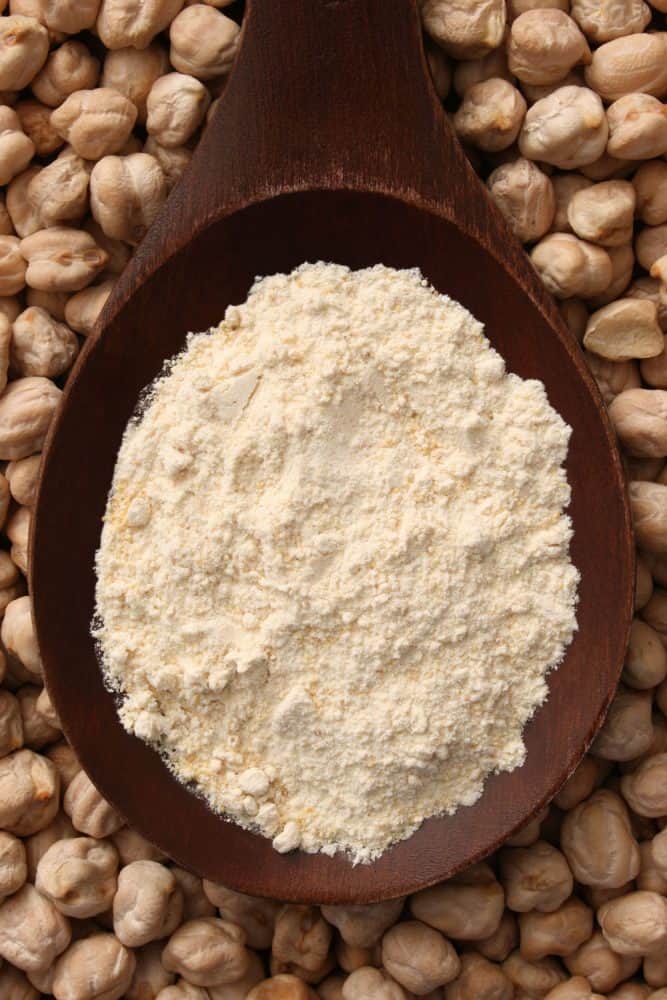
Chickpea flour is not a very common flour used for cooking but has many benefits. It is gluten-free, packed with fiber, and also has fewer calories than wheat flour. If you are unable to find this flour, it can simply be made at home by putting dried chickpeas in a food processor. Pasta made with chickpea flour will have a nuttier flavor than white flour pasta. The taste is similar to whole wheat pasta without the grainy texture.
14. Quinoa Flour
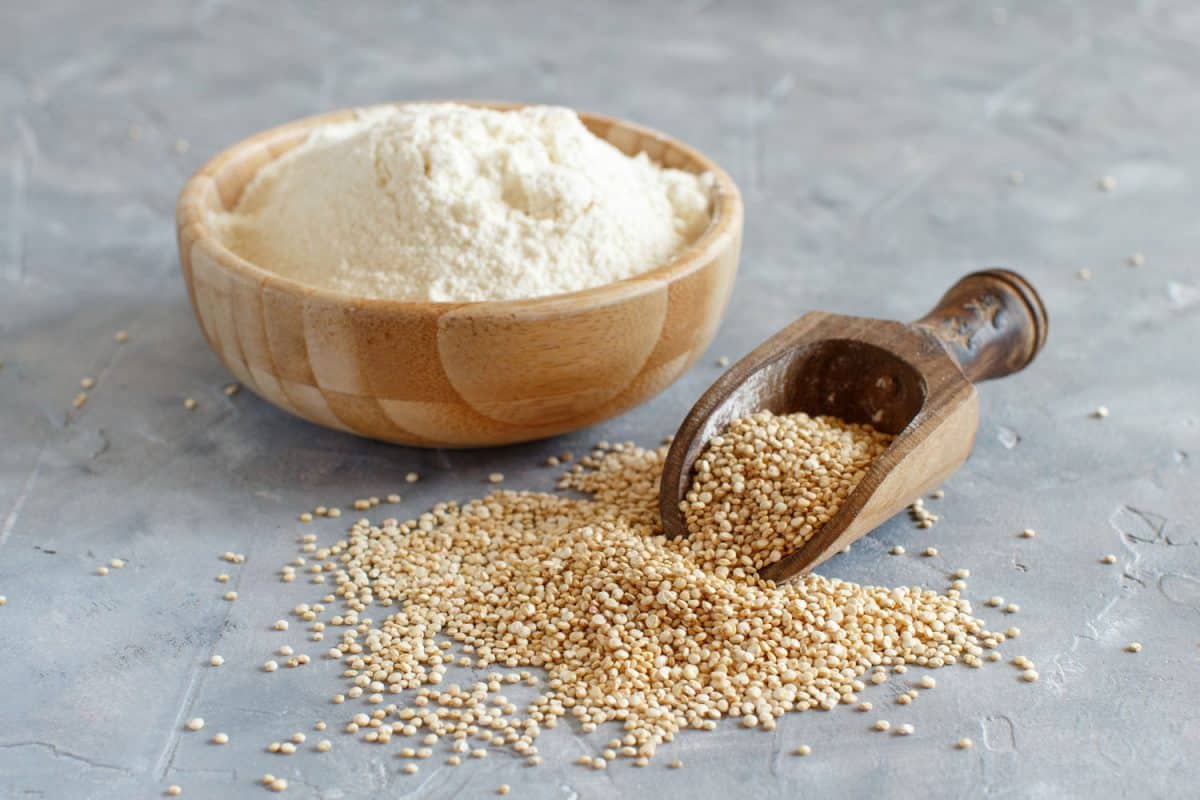
Just like the other gluten-free options on the list, quinoa flour is made by grinding the grain into a powder. That being said, any pasta made with quinoa flour will have all of the health benefits of quinoa. These include high protein, high fiber, and a low glycemic index which is good for controlling blood sugar levels.
Pasta Tips
Now that you know a few different kinds of flour that you can use to make pasta, here are some tips and things to remember for making pasta dough. Make sure you are kneading your dough until it no longer cracks during kneading. It should be smooth when formed into a ball and maintain its shape when left alone. If your dough is crumbling, check out our article on what to do if your pasta dough is too dry.
When choosing your flour, remember the higher the protein content in your flour, the more elastic your dough can be. Lastly, when cooking your pasta, be sure not to overcrowd the pot. If you're looking for the best pot to cook pasta in, take a look at our guide on the best pot to cook pasta.

In Closing
There are so many different kinds of flour you can use for pasta. Each flour will bring something different to the table. For example, some flours will give you a chewier pasta, while others could make for a more firm bite. Knowing the characteristics that your flour brings to the pasta is key to achieving the taste and texture that you are aiming for.




